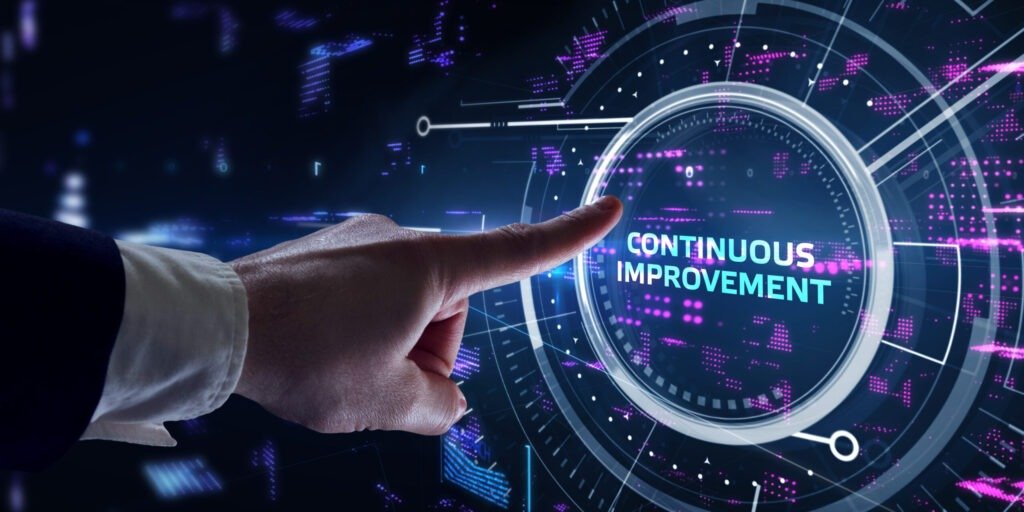Introduction:
For decades, “manifestation” has been wrapped in mystical promises—think The Secret’s claim that “thoughts become things.”
But beneath the hype lies a fascinating intersection of neuroscience, psychology, and behavioral biology.
The truth? Your brain can shape your reality, but not through magic, through neuroplasticity, attention filters, and goal-oriented action. Let’s dissect the science and transform theory into practice.
Part 1: The Brain’s “Manifestation” Machinery – 5 Key Mechanisms
Neuroplasticity: Rewiring Your Brain
- Science: Your brain physically changes in response to repeated thoughts and behaviors. Synapses strengthen (long-term potentiation) or weaken (synaptic pruning) based on mental focus.
- Actionable Tip: Practice “Directed Visualization”: Spend 10 mins/day deeply imagining a goal (e.g., acing a presentation). Engage all senses: hear applause, feel your steady breath, see confident body language. This reinforces neural pathways, making the action feel familiar.
The Reticular Activating System (RAS): Your Brain’s Filter
- Science: The RAS filters 11 million bits of sensory data/sec, letting ~40 bits reach consciousness. It prioritizes what aligns with your beliefs/goals (e.g., noticing red cars after buying one).
- Actionable Tip: Prime Your RAS: Write 3 core goals each morning (e.g., “I find creative solutions”). Your brain will spotlight opportunities related to them.
- Dopamine & The Motivation Loop
- Science: Visualizing success releases dopamine, a neurotransmitter linked to motivation and reward. This fuels action toward the goal.
- Actionable Tip: Pair Visualization with Micro-Actions: After visualizing your goal, immediately do one tiny step (e.g., email a potential client). Dopamine bridges the “dream-action” gap.
- Beliefs & The Confirmation Bias
- Science: The brain seeks evidence confirming existing beliefs (confirmation bias). If you believe “I’m unlucky,” you’ll ignore wins and amplify losses.
- Actionable Tip: Rewrite Limiting Beliefs: Identify a negative belief (e.g., “I’m bad at networking”). Challenge it daily with counter-evidence (“I had a good chat with X last week”).
- Stress vs. Calm: The Cortisol Clash
- Science: Chronic stress floods the brain with cortisol, shrinking the prefrontal cortex (where planning happens) and activating survival mode—killing creativity.
- Actionable Tip: Activate the Relaxation Response: Use box breathing (4-sec inhale, 4-sec hold, 6-sec exhale) before visualizing. Calm brains access higher cognition.
Part 2: Debunking Manifestation Myths
❌ Myth: “Positive thinking alone attracts outcomes.”
✅ Science: Blind optimism without action triggers the brain’s reward system prematurely, reducing effort (Oettingen, 2014).
❌ Myth: “Visualize the outcome, ignore obstacles.”
✅ Science: Mental contrasting (visualizing success, then obstacles) increases goal commitment by 30% (WOOP method research).
❌ Myth: “Manifestation works equally for all.”
✅ Science: Structural barriers (poverty, discrimination) alter brain chemistry, requiring systemic change alongside individual effort.
Part 3: Your Neuroscience-Backed Manifestation Protocol
Step 1: Goal Setting with Precision
- Use SMART-ER Goals: Specific, Measurable, Emotional, Realistic, Time-bound + Ecological (aligns with values) + Rewarding (dopamine hook).
Example: “Land 3 freelance clients in 3 months” → “Land 3 clients by October, valuing creative freedom (ecological), celebrating each pitch sent (reward).”
Step 2: WOOP Your Way Forward (Gabriele Oettingen’s research)
- Wish: Define the goal.
- Outcome: Visualize best-case vividly.
- Obstacle: Identify internal blockers (e.g., procrastination).
- Plan: “If [obstacle], then I’ll [action].”
Example: “If I feel overwhelmed, I’ll work for just 5 minutes.”
Step 3: Environment Design
- Cue-Rich Spaces: Place goal triggers in sight (e.g., gym shoes by your bed). The brain responds to environmental cues 3x faster than internal motivation (Neuroscience of Habit Loop).
Step 4: Progress Tracking
- Dopamine-Driven Feedback: Use a habit tracker. Each checkmark releases dopamine, reinforcing behavior. Celebrate effort, not just outcomes.
Conclusion:
Manifestation isn’t magic—it’s strategic neurobiology.
By aligning your thoughts, environment, and actions with your brain’s wiring, you physically reshape your cortex to pull goals toward you.
The catch? It demands consistency, honest self-assessment, and embracing obstacles as data, not destiny.
Final Tip: Pair “manifestation” practices with evidence-based psychology like CBT or Acceptance and Commitment Therapy (ACT) to dismantle deep-seated mental blocks. Your brain is your greatest ally—but only if you work with its biology.
Sources:
- Oettingen, G. (2014). Rethinking Positive Thinking.
- Duckworth, A. (2016). Grit: The Power of Passion and Perseverance.
- Clear, J. (2018). Atomic Habits.
- Neuroscientific studies on RAS (Nature Reviews Neuroscience, 2006), dopamine loops (Neuron, 2017), and neuroplasticity (Journal of Neuroscience, 2014).
Transform your mind, and reality follows. 🔥

